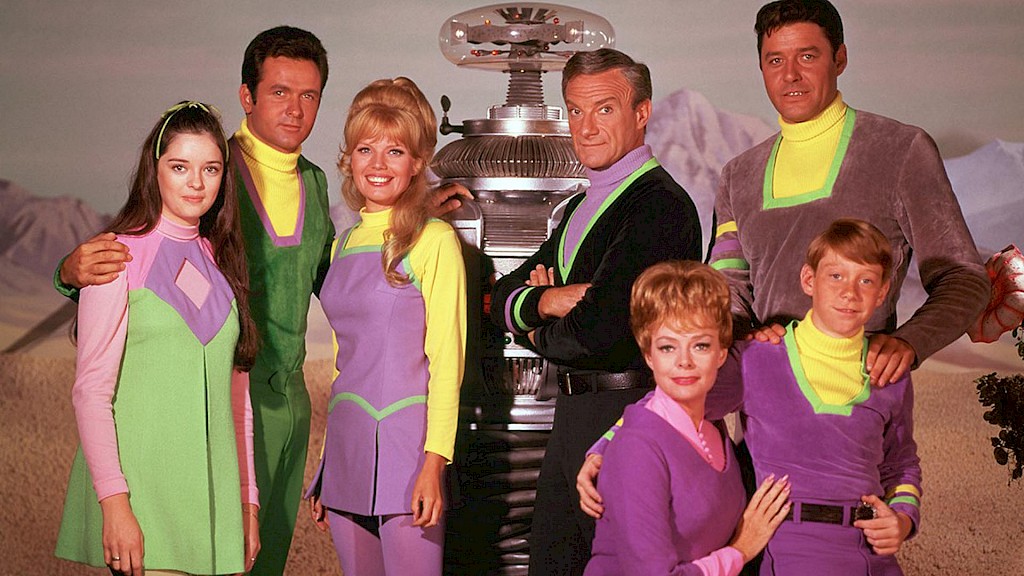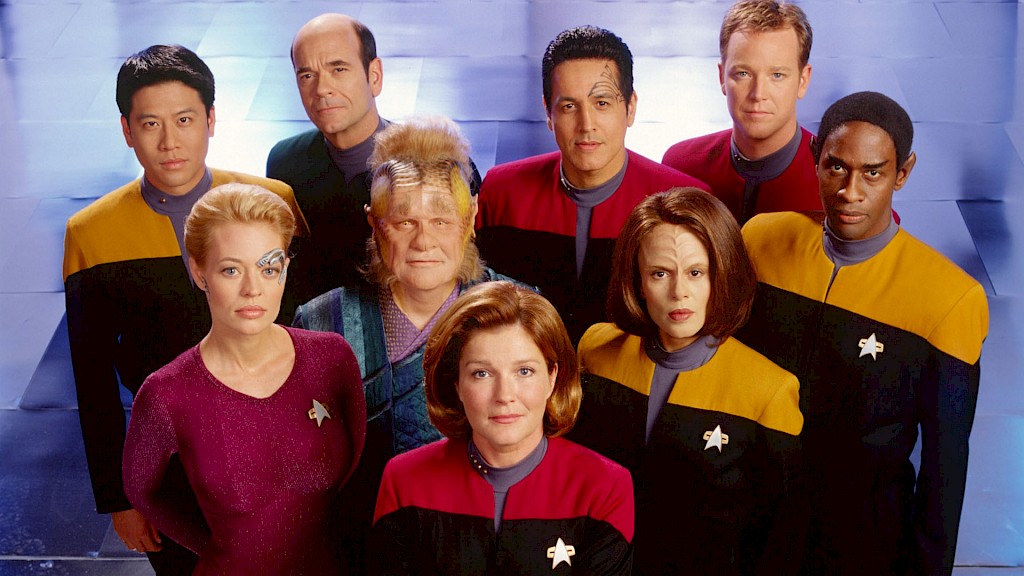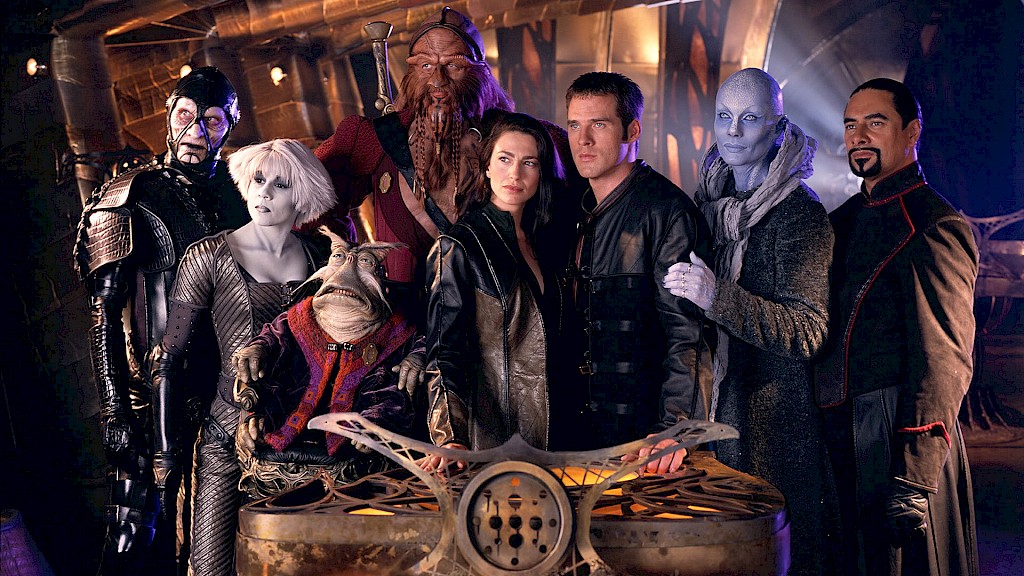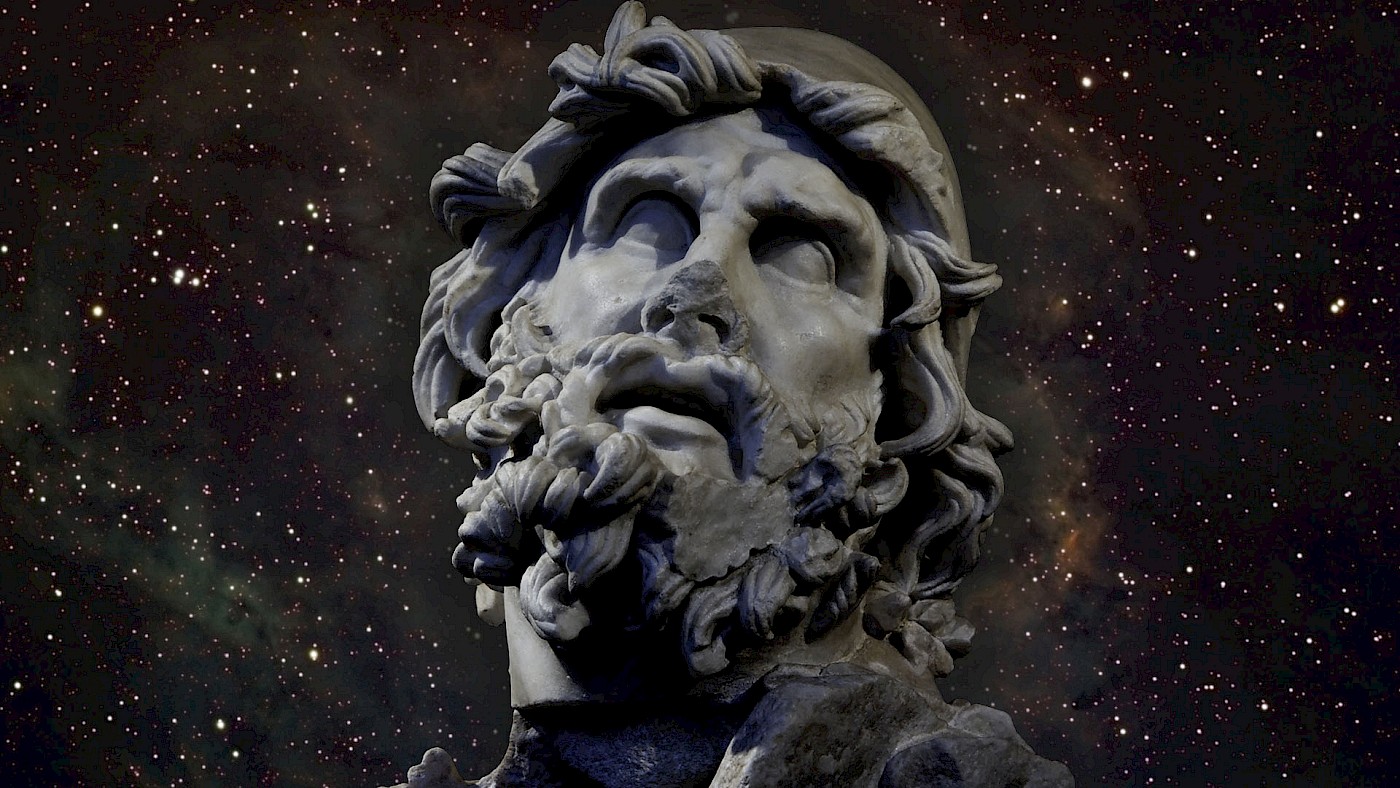The epic poem Odyssey is one of the cornerstones of world literature, alongside the Iliad. Both of them were ascribed in antiquity to the genius of a single poet, Homer. They were probably composed around 700 BC, though at least some parts may not have been written down definitively until the sixth century BC and certain lines are thought to have been added later.
The Iliad is a story set in the tenth year of the Trojan War and focuses on Achilles and his wrath. It’s essentially a war story and a gritty one at that, despite the presence of the gods and the odd allusion to mythical creatures. The Greeks and Trojans fight fiercesome battles, while at the same time a tense, personal drama is played out between the champion Achilles and his commander-in-chief, Agamemnon, which is resolved, after a fashion, only when Achilles’ childhood friend Patroclus is killed by Hector, the Trojan champion.
The Odyssey
The Odyssey is, as the name already suggests, the story of Odysseus, king of Ithaca (we derive our word “odyssey”, meaning an extended voyage, from the title of the poem). Odysseus is one of the Greek heroes who took part in the Trojan War and a major character in the Iliad. The Odyssey is set after the war has come to an end and the Greeks return home. Odysseus himself set off with his fleet of twelve ships nearly twenty years before the start of the Odyssey, with the poem slowly filling in the backstory.
After leaving Troy, storms blow Odysseus’ fleet off course. He and his companions arrive at an island where they encounter the cyclops Polyphemus, whom they blind. The giant in turn calls upon his father, the sea-god Poseidon, who curses Odysseus to wander the sea for ten years. Meanwhile, back in his homeland, the island kingdom of Ithaca, his wife, Penelope, has to contend with ill-mannered and invasive suitors.
Much of the Odyssey deals with Odysseus’ adventures at sea, roaming from one place to another, desperately in search of home. The various elements of the story are essentially episodic: Odysseus’ encounter with the Lotus Eaters, his adventure with the cyclops, the story of how his fleet managed to overcome the lure of the sirens, and so on. There is an overall story arc – Odysseus has to return home to his wife and child – but the different episodes within that arc are essentially vignettes in their own right.
Already in antiquity the Odyssey exerted its influence on other creators. Most notably, Virgil modelled the first half of the Aeneid, the story of the Trojan hero Aeneas, after the Odyssey, with the second half patterned after the Iliad. In the Odyssey-like portions of the poem, Aeneas and his fleet of Trojan refugees wander the seas – not lost as such, like Odysseus was, but in search of new land for them to settle and call home. This variation on the story of Odysseus has in turn inspired others, as I discussed before.
Yesterday, I discussed Lucian’s True Histories, the oldest known work of science fiction. Like the Odyssey, Lucian’s book tells the story of a group of adventurers whose ship had been blown off course, after which they roll from frankly unbelievable adventure to the next. But Lucian’s work isn’t the only creative endeavour that bears more than a passing resemblance to Homer’s epic adventure tale.
Odysseys in space
More in particular, modern televised science fiction seems to be taken with the idea of people getting lost and then having to find their way home across the starry seas. Three of them will be discussed below.
But before we continue, it’s useful to briefly discuss Stanley Kubrick’s 2001: A Space Odyssey (1968), and the book that Arthur C. Clarke wrote in tandem with the film. There, the word “odyssey” is used in the sense of a long voyage rather than having the crew of Discovery One searching for home.
Nevertheless, the last name of the lead protagonist, Bowman, is of course a reference to Odysseus, since the hero’s skill with the bow plays an important part in the denoument of Homer’s epic poem. In the book, there is an explicit reference to the Homeric poem:
he [i.e. Bowman] began to read the Odyssey, which of all books spoke to him most vividly across the gulfs of time.
Not coincidentally, the HAL 9000 computer, waching everything through round cameras, resembles a cyclops of sorts.

In 1965, Lost in Space chronicled the adventures of the family Robinson, a nod to Daniel Defoe’s Robison Crusoe (1719). In the original pilot, “No place to hide”, their ship is damaged by a meteor storm and they crash land on an alien world. There, they run into, among other things, a cyclops. The next three seasons chronicles the further adventures of the family, although in the first official episode their crash is the result of sabotage rather than a natural phenomenon.
Lost in Space started out as a fairly serious science-fiction show, but the tone shifted to be more humorous in an attempt to distinguish it from its rival, Star Trek, which began airing in 1966. The first and second seasons had the crew of the Jupiter 2 crash, sooner rather than later, on a planet, where they then had to fend for themselves.
In the third season, the series became more similar to Star Trek in that they moved freely through space and even used a small shuttle to travel down to planets that they happened to come across. Nevertheless, the overall arc of the show still focused on the crew of the Jupiter 2 being lost in space and searching for a way home.

With regards to Star Trek, the show that perhaps best epitomizes the term “Odyssey in space” is the spin-off Star Trek: Voyager (1995–2001). In the show’s pilot episode, “Caretaker”, the Federation starship Voyager, under the command of Captain Katherine Janeway (Kate Mulgrew), is pulled into the Delta Quadrant by a powerful alien. They end up some 70,000 lightyears from home: it will take the ship 70 years to get home. Like Odysseus, Janeway refuses to give up hope and settle on a hospitable planet: she is driven to return her crew home.
The adventures that the crew of Voyager run across resemble the kinds of challenges that Odysseus and his men faced: they encounter monsters and hostile aliens, but also run into some people that are more friendly disposed towards them. There are no Phaeacians here, though: Voyager is able to shave off thousands of lightyears thanks to some helpful encounters, but no one volunteers to get them all the way to Earth. Even the godlike alien being Q (John de Lancie) tells Janeway flatly in the seventh season episode “Q2” that he won’t do the ship’s crew work for them, even though he does offer some advice that will make the return journey a little shorter.
There are a few episodes of Star Trek: Voyager in particular where the Homeric influence is felt most strongly. In the third-season episode “Favourite son”, ensign Harry Kim (Garrett Wang) ends up on a planet filled with beautiful women who, like the Sirens from the Odyssey, don’t exactly have his best interests in mind. (As an aside, it’s worth pointing out that this well-written review regards the episode as problematic in that it seems to demonize female sexuality.)
In the fifth season, there’s the episode “Bliss”, which offers another take on the theme of the Sirens’ lure. A huge alien creature, referred to as analogous to a telepathic “pitcher plant”, is able to give the crew visions of what they most desire. Most of the crew believes they are flying into a wormhole that will take them back to Earth, but Seven (Jeri Ryan), who has no particular desire to return home, realizes things are not what they seem: the ship is flying into the maw of the creature, to be slowly digested.

Finally, the television series FarScape (1999–2003) focused on a human astronaut, John Crichton (Ben Browder), whose experimental shuttle was sucked into a wormhole and spat out into a distant part of the galaxy. There, he has to adapt to being the only human being in a setting filled with strange and the often truly alien creatures designed by Jim Henson’s Creature Shop.
Most of the early episodes focus on Crighton getting to grips with the alien cultures that he is exposed to. His ultimate goal is, of course, to return home. And unlike Lost in Space or Star Trek: Voyager, the show eventually did see him return to Earth well before the end of the series. However, he realized that there was little on Earth for him to go back to now that he had started a new life in space with his love interest, Aeryn Sun (Claudia Black). He also decided that it would be safer for Earth to stay away because of his detailed knowledge regarding wormholes.
Closing thoughts
Since the Homeric poems are so ancient and are considered foundational works of literature, we shouldn’t be surprised that later writers and artists created works inspired by them. My focus here was on pointing out how useful the template offered by the Odyssey was for a few science-fiction TV shows, but the examples could be easily extended.
In the realm of movies, the most obvious and fairly recent example is the Coen Brothers’ O Brother, Where Art Thou? (2000), where George Clooney’s character is called Ulysses (the Latin form of Odysseus) and John Goodman portrays a character analogous to Polyphemus. Less obviously examples include Homeward Bound: The Incredible Journey (1993) and, after a fashion, the Wizard of Oz books and movies.
When it comes to modern literature, there are also many examples of works that are inspired by the Odyssey, ranging from the less obvious entries like J.R.R. Tolkien’s The Hobbit, or There and Back Again (1937) to more easily recognizable works like Charles Frazier’s Cold Mountain (1997). Existing literature, tropes and clichés can be continuously re-used and re-appropriated to make new and exciting works of fiction that reveal continuously evolving aspects of the human condition.
